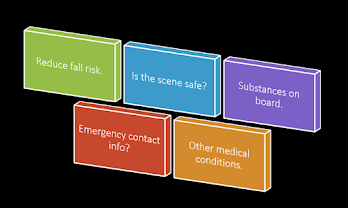The Other Side of Light
🟥🟥🟥🟥🟥🟥🟥🟥🟥🟥🟥🟥🟥🟥🟥🟥🟥🟥🟥🟥🟥
Darkness is often seen as something negative, but it is actually essential for the existence of light. In fact, darkness is the glue that binds light together in the universe.
- Without darkness, light would not be able to exist. This is because light is the absence of darkness. When there is no darkness, there is no light.
Darkness is also essential for the formation of stars and galaxies. When gravity pulls matter together, it creates a dense cloud of gas and dust. This cloud is so dense that light cannot escape from it. This is why we see dark clouds in space.
Over time, the gravity in these clouds causes them to collapse and form stars. Stars are incredibly hot and bright, but they would not be able to exist without the darkness that created them.
Darkness is also essential for life on Earth. Plants need darkness to sleep and to grow. Animals need darkness to rest and to hunt. And humans need darkness to sleep and to dream.
So, while darkness is often seen as something negative, it is actually essential for the existence of light, stars, galaxies, and life on Earth.
🔵🔵🔵🔵🔵🔵🔵🔵🔵🔵🔵🔵🔵🔵🔵🔵🔵🔵🔵🔵🔵🔵🔵🔵🔵🔵🔵🔵🔵🔵
Here are some specific examples of how darkness binds light together in the universe:
Black holes: Black holes are regions of space where gravity is so strong that nothing, not even light, can escape. Black holes are invisible, but we can see their effects on the light around them. For example, when a star passes near a black hole, its light is bent and distorted. This is called gravitational lensing.
Nebulae: Nebulae are clouds of gas and dust that are found throughout the universe. Nebulae are often dark, but they can also be very bright when they are illuminated by nearby stars. Nebulae are the birthplace of stars, and they play an important role in the formation of galaxies.
Dark matter: Dark matter is a mysterious substance that makes up about 85% of the matter in the universe. Dark matter is invisible, but we can see its effects on the gravity of visible matter. Dark matter is thought to play an important role in the formation and evolution of galaxies.
Darkness is a fundamental part of the universe, and it is essential for the existence of light and life.
🟣🟣🟣🟣🟣🟣🟣🟣🟣🟣🟣🟣🟣🟣🟣🟣🟣🟣🟣🟣🟣🟣🟣🟣🟣🟣🟣🟣🟣🟣🟣
In addition to the above, darkness also has a significant impact on our perception of light. When we are in a dark room, even a small amount of light can seem very bright. This is because our eyes have adjusted to the darkness. In contrast, when we are in a brightly lit room, even a large amount of light may seem dim. This is because our eyes have adjusted to the brightness.
This contrast between light and dark is what allows us to see the world around us. Without darkness, we would not be able to perceive light, and the world would appear to be a flat, gray plane.
Darkness is also important for our mental and emotional well-being. When we are in darkness, our bodies produce melatonin, a hormone that helps us to sleep. Melatonin is also thought to have antioxidant and anti-inflammatory properties.
In conclusion, darkness is an essential part of the universe and our lives. It is the glue that binds light together, and it plays an important role in the formation of stars, galaxies, and life on Earth. Darkness also has a significant impact on our perception of light and our mental and emotional well-being.

























